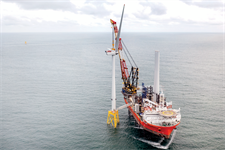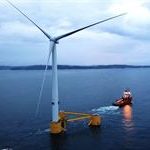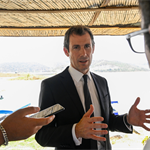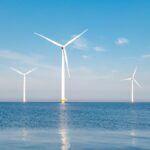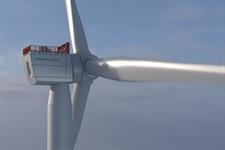Seagreen offshore wind delays hit SSE Renewables profits but pipeline tops 10GW
Energy Disrupter
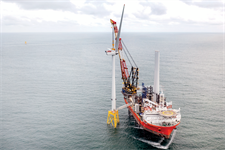
The division saw an 11% drop in adjusted operating profit, down to £22.5 million compared to £25.4 million for the same period the previous year, SSE said. On a reported basis, SSE Renewables made a £29.3 million loss for the period (compared to a £33.6 million loss the previous year).
Delays with the 1075MW Seagreen 1 Seagreen 1 (1075MW) OffshoreFirth of Forth, UK, Europe Click to see full details, now due for completion in summer 2023, were partly to blame, it said, although this was “exacerbated by the associated requirement to buy back hedges in a higher-price environment”, which included £57 million of costs relating to delays with Seagreen.
Overall, however, the division’s prospects for growth are strong, SSE said. It currently has 1974MW of onshore wind and 487MW offshore operational, with another 577MW (onshore) and 4675MW (offshore) under construction, with SSE’s share in those projects equating to just over 50% (2529MW).
It also has a hefty 10GW+ project pipeline of on- and offshore wind projects under development across Europe (including capacity from Siemens Gamesa Renewable Energy in September). Meantime, through its SSE Pacifico (80% share) joint venture, SSE Renewables also hopes to participate in Japan’s Round 2 offshore wind auction process, which is due to start towards the end of this year, and it also has an eye on the US offshore wind market, it said.
Overall, the drop in profits for the renewables division only slightly dented its parent company’s results. While SSE announced a reported pre-tax loss of £511 million compared to a profit of £1.6 billion last year, its adjusted pre-tax profits tripled – up 221% year-on-year to £559 million for the six months to the end of September, driven by the surge in energy prices.
“We are investing around £12.5bn in the five years to March 2026, with further opportunities that could take the total to over £25bn this decade in the UK and Ireland alone,” said SSE’s chief executive, Alistair Phillips-Davies. “This direct investment primarily in offshore wind, UK electricity networks and flexible thermal will create the technologies to support long-term energy security.”

